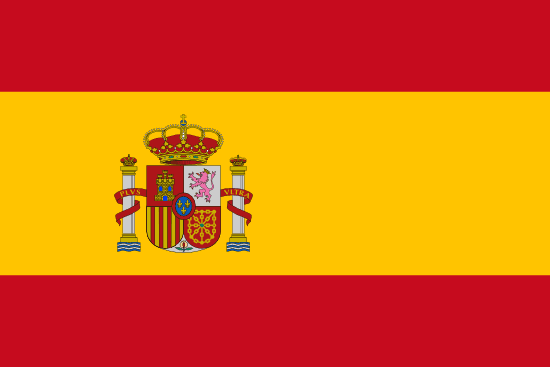"Burgos, origen y destino | Burgos, origin and destination"
About:
Burgos, Spain, was founded in 884 AD as an outpost of the expanding Christian kingdom during the Reconquista. It became the capital of the Kingdom of Castile in the 11th century. The city flourished in the Middle Ages, marked by the construction of its famous Gothic cathedral. The 19th century saw industrial growth, with the railway's arrival in 1864. Burgos was heavily affected by the Spanish Civil War in the 20th century. Today, it's a vibrant city known for its historical sites and cultural heritage.
When to visit:
Burgos, a city in northern Spain, is best visited during the spring and fall seasons when the weather is mild and pleasant. Spring, from March to May, offers blooming flowers and green landscapes, making it ideal for exploring the city's historical sites such as the Burgos Cathedral and the Museum of Human Evolution. Fall, from September to November, brings vibrant autumn colors to the surrounding countryside, creating a picturesque backdrop for leisurely walks along the Arlanzón River. Both seasons are also less crowded compared to the summer months, allowing visitors to enjoy a more peaceful and authentic experience in Burgos.
When to avoid:
Burgos, located in northern Spain, experiences a continental Mediterranean climate with hot summers and cold winters. The worst time to travel to Burgos on a holiday would be during the peak of winter, particularly in January and February when temperatures can drop below freezing. The city may experience snowfall during this time, which can disrupt travel plans and make sightseeing less enjoyable. Travelers are advised to plan their trip to Burgos during the milder seasons of spring and autumn to fully enjoy the city's historic sites and cultural attractions.
Winter Season (Dec-Feb)
Winter in Burgos, Spain, is the coldest part of the year, with temperatures typically ranging from 1°C to 8°C. It's also the wettest season, with an average rainfall of 50mm per month. The days are typically overcast, with only 3 hours of sunlight per day. Snowfall is also common, adding to the chilly atmosphere. An average day for a visitor might involve enjoying the indoor attractions like the Burgos Cathedral or the Museum of Human Evolution, or bundling up for a brisk walk along the Arlanzón River.
"Summer (June-August)"
In Burgos, Spain, the warmest part of the year stretches from June to August, with July being the hottest month. During this period, the average high temperature ranges from 25°C to 30°C (77°F to 86°F), while the average low temperature is between 13°C to 15°C (55°F to 59°F).
Rainfall is relatively low in these months, with July being the driest month of the year, receiving about 20mm of rain spread over 5 days. The summer months are also characterized by long days with an average of 10 to 11 hours of sunlight per day.
Humidity levels are moderate, typically ranging from 50% to 60%, making the heat more bearable. As for cloudiness, skies are generally clear with occasional partly cloudy days.
For a visitor, a typical day in Burgos during the warmest part of the year feels pleasantly warm, perfect for outdoor activities. The mornings are cool and crisp, followed by warm afternoons. Evenings cool down again, providing a comfortable respite from the daytime heat. The relatively low humidity and rainfall make it an excellent time for sightseeing, hiking, and exploring the city's historic sites. However, it's always a good idea to carry a water bottle and sun protection due to the long hours of sunshine.
Language:
In Burgos, Spain, the most commonly spoken language is Spanish, as it is the official language of the country. However, due to its location in the autonomous community of Castile and León, some residents may also speak Castilian Spanish, a variant of the language. Additionally, English is taught in schools and used in tourism, so it may be spoken by some residents and visitors.




